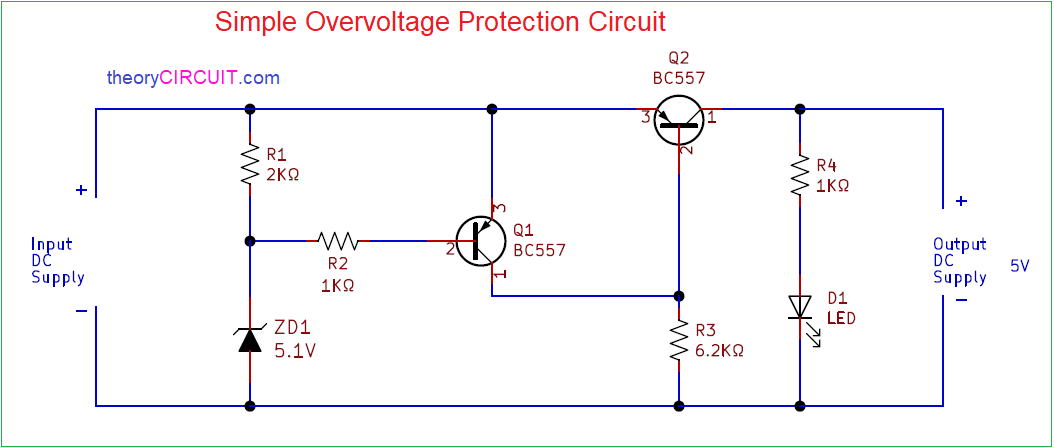
Best Way to Protect Circuits from Overvoltage
Overvoltage is a common problem that can cause damage to circuits and electrical equipment. In order to protect your circuits from overvoltage, it is important to take proper precautions and implement effective strategies. In this article, we will discuss the best ways to protect circuits from overvoltage and prevent costly damage.
1. Use Surge Protectors
One of the most effective ways to protect circuits from overvoltage is to use surge protectors. Surge protectors are devices that are designed to divert excess voltage away from sensitive electronics and prevent damage. They are relatively inexpensive and easy to install, making them a popular choice for protecting circuits.
When choosing a surge protector, it is important to consider the joule rating, clamping voltage, and response time. A higher joule rating indicates better protection, while a lower clamping voltage and faster response time are ideal for preventing damage from overvoltage spikes.
2. Install Lightning Rods
Another way to protect circuits from overvoltage is to install lightning rods. Lightning rods are designed to attract lightning strikes and direct the electrical current safely into the ground, preventing damage to buildings and electrical systems. By installing lightning rods on your property, you can reduce the risk of overvoltage events caused by lightning strikes.
It is important to ensure that lightning rods are installed correctly and maintained regularly to ensure their effectiveness. Proper grounding and bonding are essential for lightning rods to work as intended and protect your circuits from overvoltage.
3. Use Voltage Regulators
Voltage regulators are devices that are designed to stabilize voltage levels and protect circuits from fluctuations in power supply. By using voltage regulators, you can ensure that your circuits receive a consistent and safe voltage level, reducing the risk of damage from overvoltage events.
There are different types of voltage regulators available, including automatic voltage regulators (AVR) and surge suppressors. It is important to choose the right type of voltage regulator for your specific needs and ensure that it is properly installed and maintained to provide effective protection against overvoltage.
4. Implement Ground Fault Protection
Ground fault protection is an essential component of circuit protection that can help prevent damage from overvoltage events. Ground fault protection devices are designed to detect abnormal currents and disconnect power to the circuit in the event of a fault, reducing the risk of damage to equipment and personnel.
Ground fault protection devices should be installed in all circuits where there is a risk of overvoltage events, such as in wet or damp environments. Regular testing and maintenance of ground fault protection devices are essential to ensure they are functioning correctly and providing the necessary level of protection.
5. Consult with a Professional
When it comes to protecting circuits from overvoltage, it is important to consult with a professional electrician or electrical engineer. They can assess your specific needs and recommend the best strategies for protecting your circuits from overvoltage events.
A professional can help you design a comprehensive protection plan that includes surge protectors, lightning rods, voltage regulators, and ground fault protection devices. By working with a professional, you can ensure that your circuits are adequately protected and reduce the risk of costly damage from overvoltage.
In Conclusion
Protecting circuits from overvoltage is essential for preventing damage to electrical equipment and ensuring the safety of your property. By using surge protectors, lightning rods, voltage regulators, and ground fault protection devices, you can effectively protect your circuits from overvoltage events and reduce the risk of costly damage.
Remember to consult with a professional to assess your specific needs and develop a comprehensive protection plan. By taking the necessary precautions and implementing effective strategies, you can protect your circuits from overvoltage and ensure the long-term reliability of your electrical systems.
Was this helpful?
0 / 0